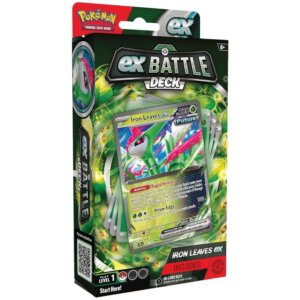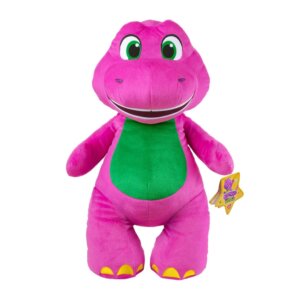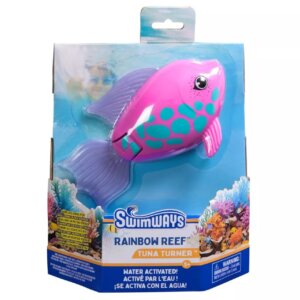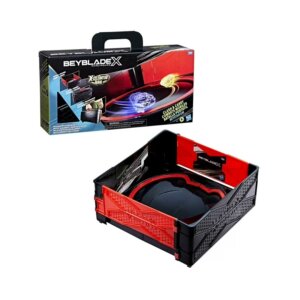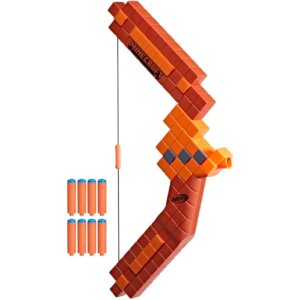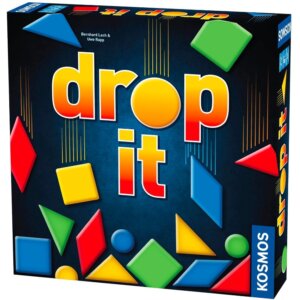P.Lushes Pets Audrey Park and Cala Bassethound Plush Review
Share!
Editor's Review
These pets are made of premium fabric and each has a sparkling collar to enhance their fashion-inspired looks. Some of the new P.Lushes Pets available to collect include Audrey Park and Cala Bassethound.
Audrey is full of chill vibes only, with aquamarine embossed check plush fur and rose gold detailing on her ears and matching eyeshadow. Her adorable pearl nose compliments her warm, turquoise eyes, and rose gold glitter colar.
Cala Bassethound is a Malibu babe who shows off her topaz blue eyes with glittering fuschia eye shadow. Her satin bows and sparkling blue matching collar complete the look.


